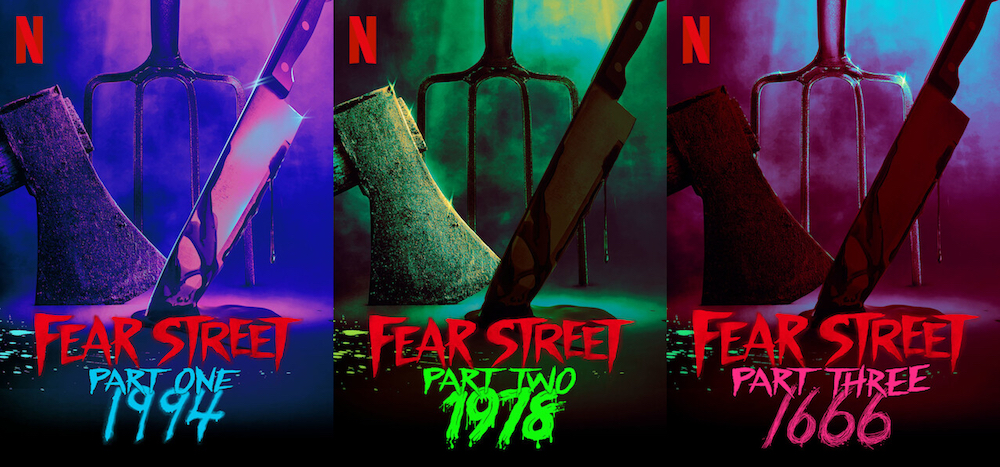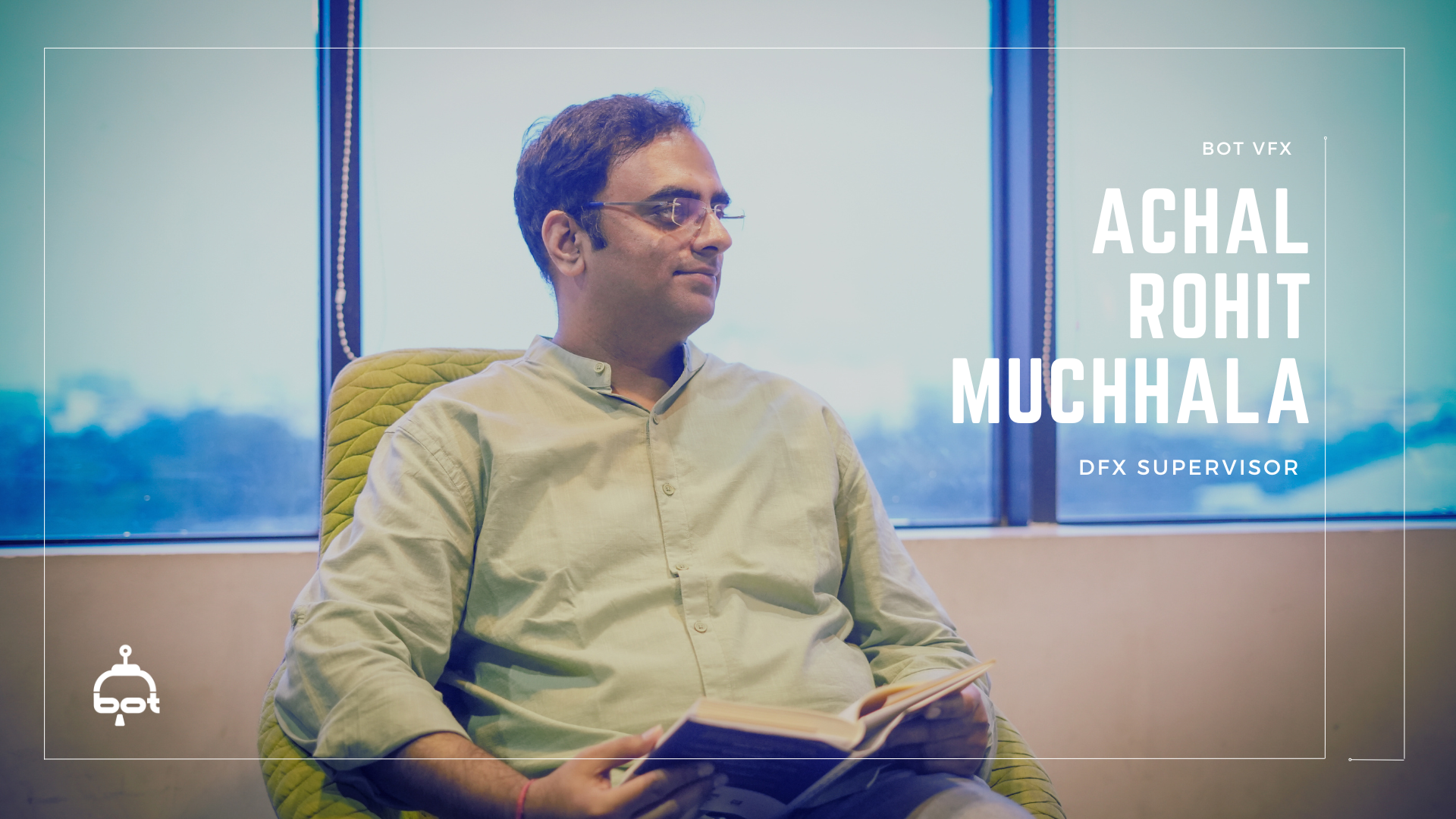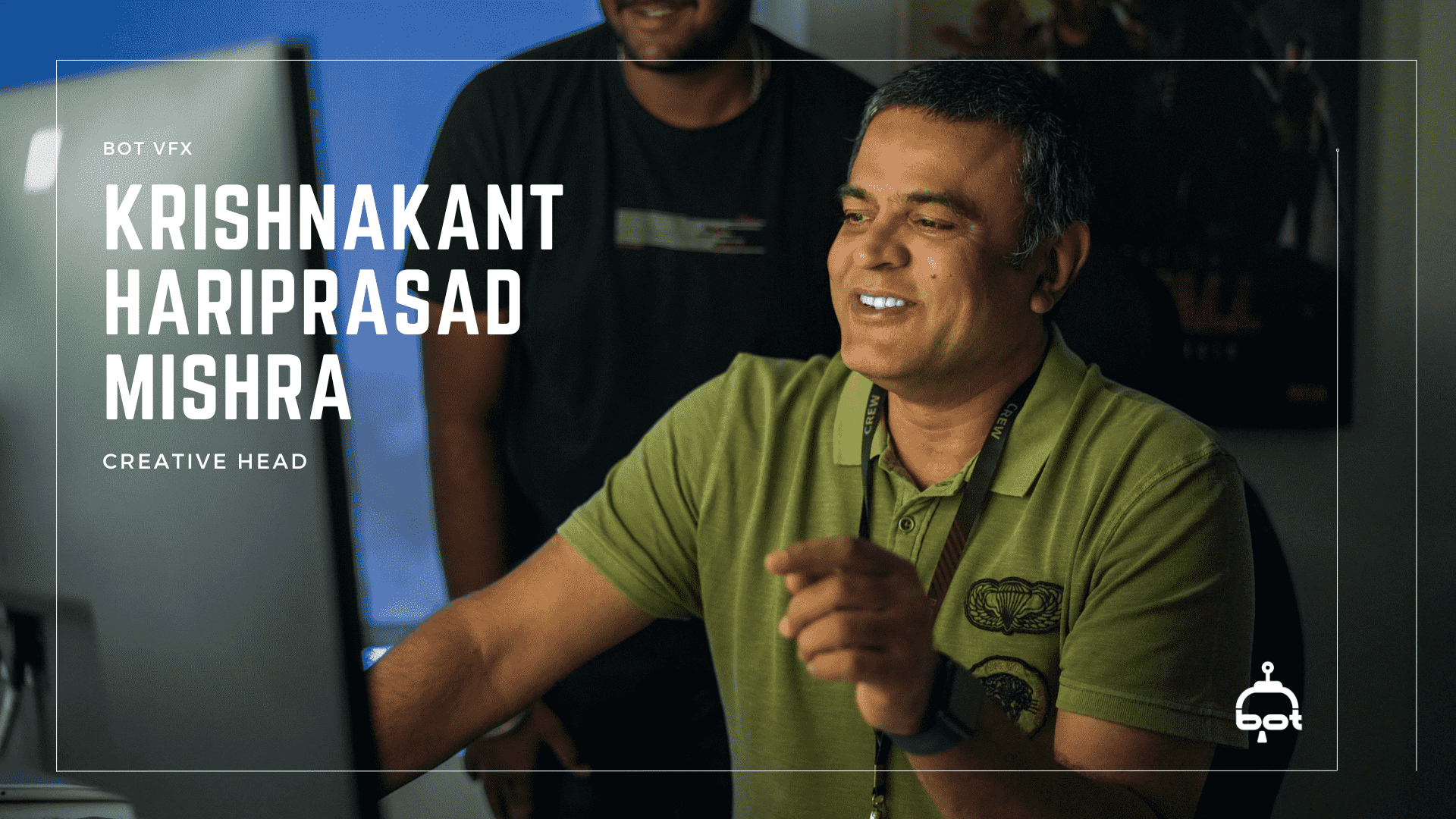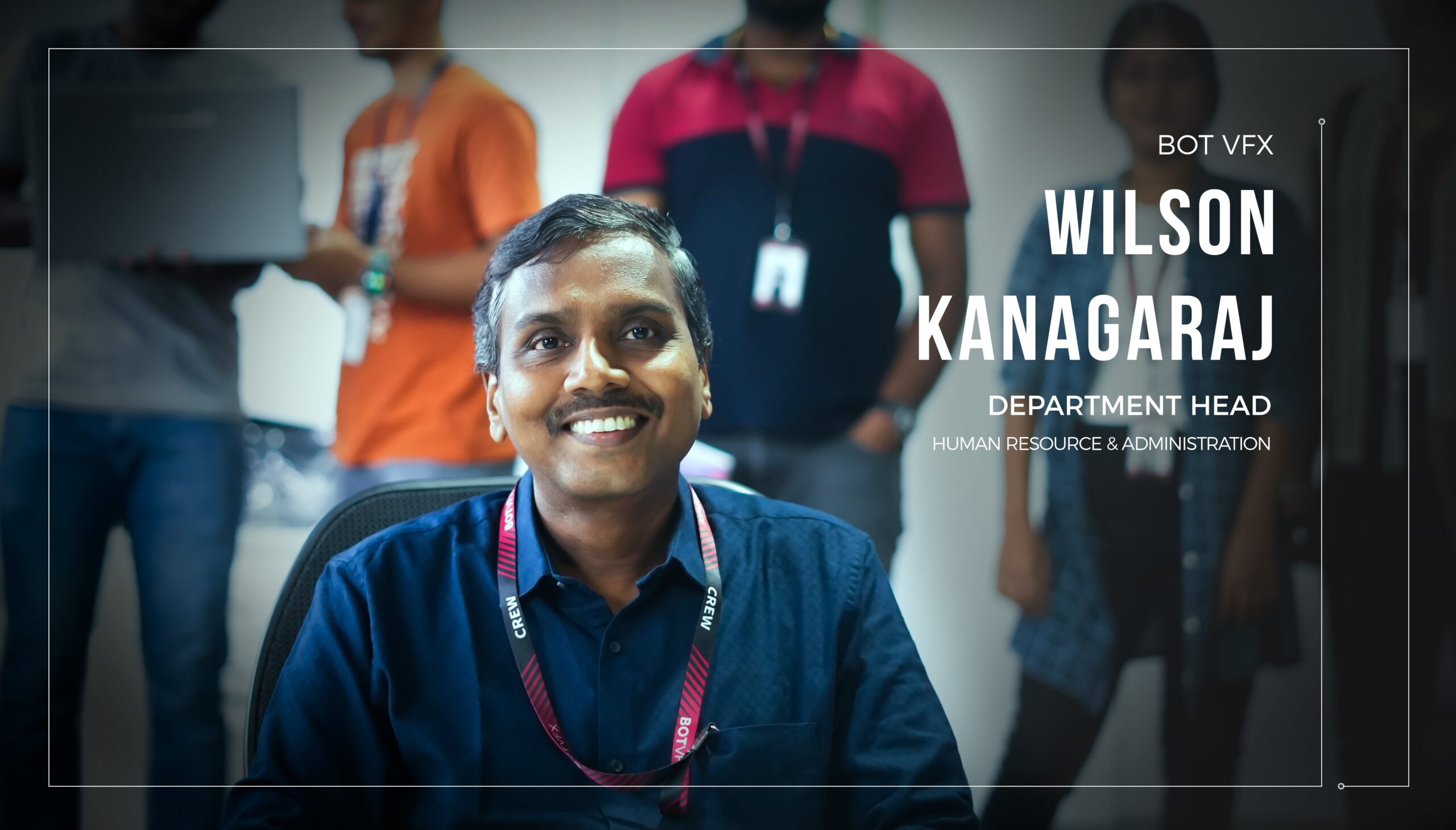BOT heated up the 2021 summer streaming season with VFX work on the Netflix Fear Street trilogy: Part One – 1994, Part Two – 1978, and Part Three – 1666. The trilogy is inspired by the teenage horror fiction series written by American author R. L. Stine.
Creative inspiration for the trilogy came from director Leigh Janiak, a longtime Fear Street fan. She tapped BOT’s deep bench for not just the basic VFX tasks, but also complex challenges like “can’t do that on set” fixes, and “wouldn’t that be cool” enhancements to the raw footage.
“When we started with Fear Street, we were expecting maybe 50 shots, but by the time we were done, it had exploded to over 700! So you could say we had a blast working on this show,” quipped Hetal Jain, BOT VFX Executive Producer. “The creative needs ended up being much more technically complex than we had anticipated, and some of the deadlines were really tough – especially with having to work from home – but our team loved stepping up to these challenges. Working so closely with Leigh and her team was scary fun.”
Our team of artists was led by Sean Pollack, VFX Supervisor for BOT’s work on Fear Street. “Leigh had a big vision for these stories. It pushed our artists to tap into their deepest wells of creativity and capacity.”
First we cleaned things up: ‘whoops’ removals, day-for-night, adding shadows, and the like. Then BOT used CG dazzle to craft a lot of things that look real, but in real life, you just can’t do during filming. We directed smoke to follow the direction of an invisible wind. We turned floppy rubber prop knives to glinting steel. We added a menacing CG lobster. We set a wall full of 20+ clocks to identical times. We made intact arms, hands, and legs look like they had been severed … obviously, you can’t do that on set!
But we didn’t stop there. Lastly, as the final icing on the freaky cake, the team created “wouldn’t it be cool” drama-enhancing tweaks: adding damage to dummies and doors, making explosions bigger, and layering more signs of struggle onto unfortunate victims who didn’t look dead enough. We tied people up with CG coiled phone cords. We added a lot of CG blood (bleeding noses, pools of blood, blood splatters … you get the idea). Deeper shadows and lightning flashes also amped up the creepy factor.
“Our paint and comp team ‘killed it’ with extensive set cleanup and impossible super slow mos that required us to stretch the character motion from a few frames into seconds-long shots. The team’s patience and attention to detail is unmatched, and it shows in the work,” confirms Pollack. “We found a way to handle everything the director’s creative mind thought up. We thoroughly enjoyed everyone involved and can’t wait to do the next project with Leigh and her team!”




